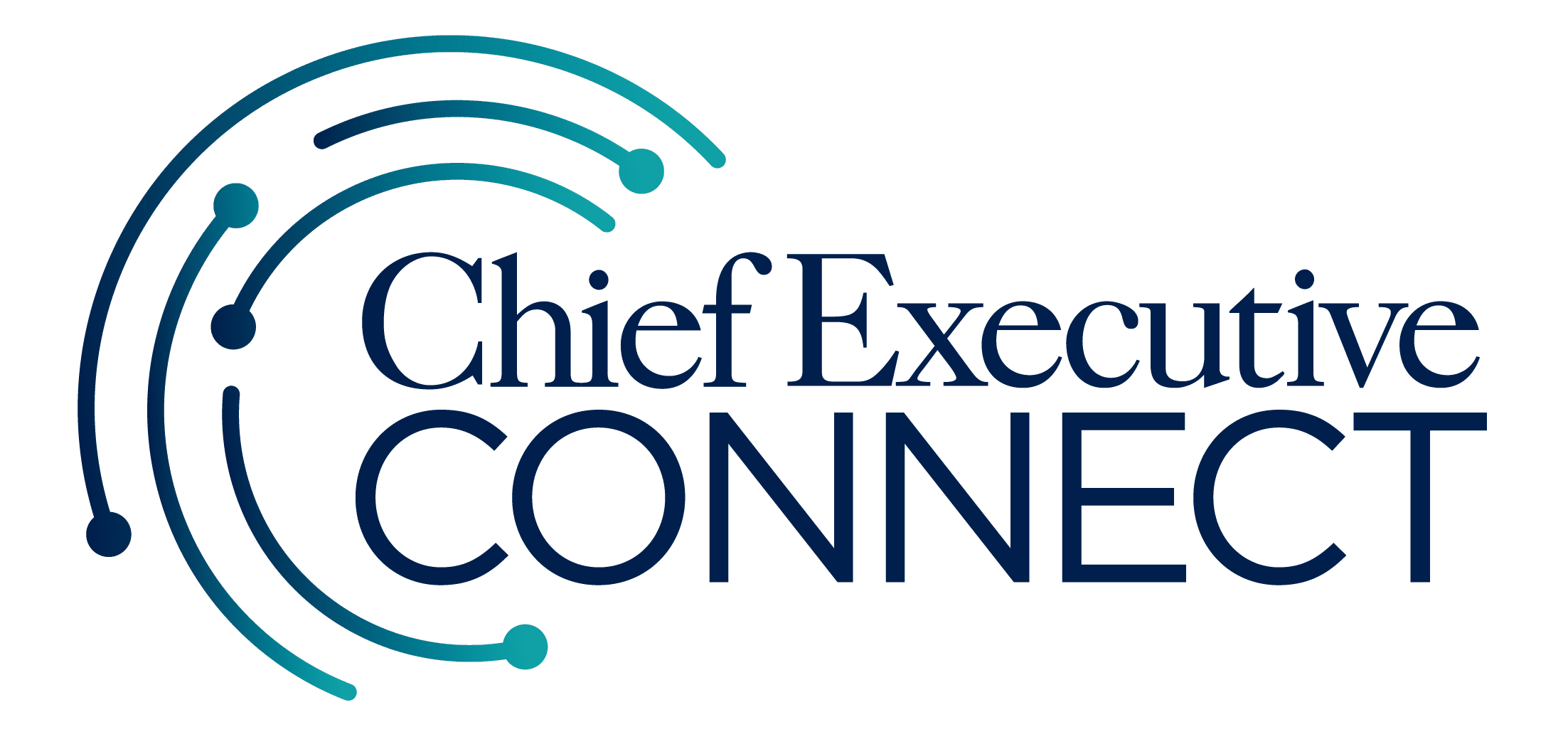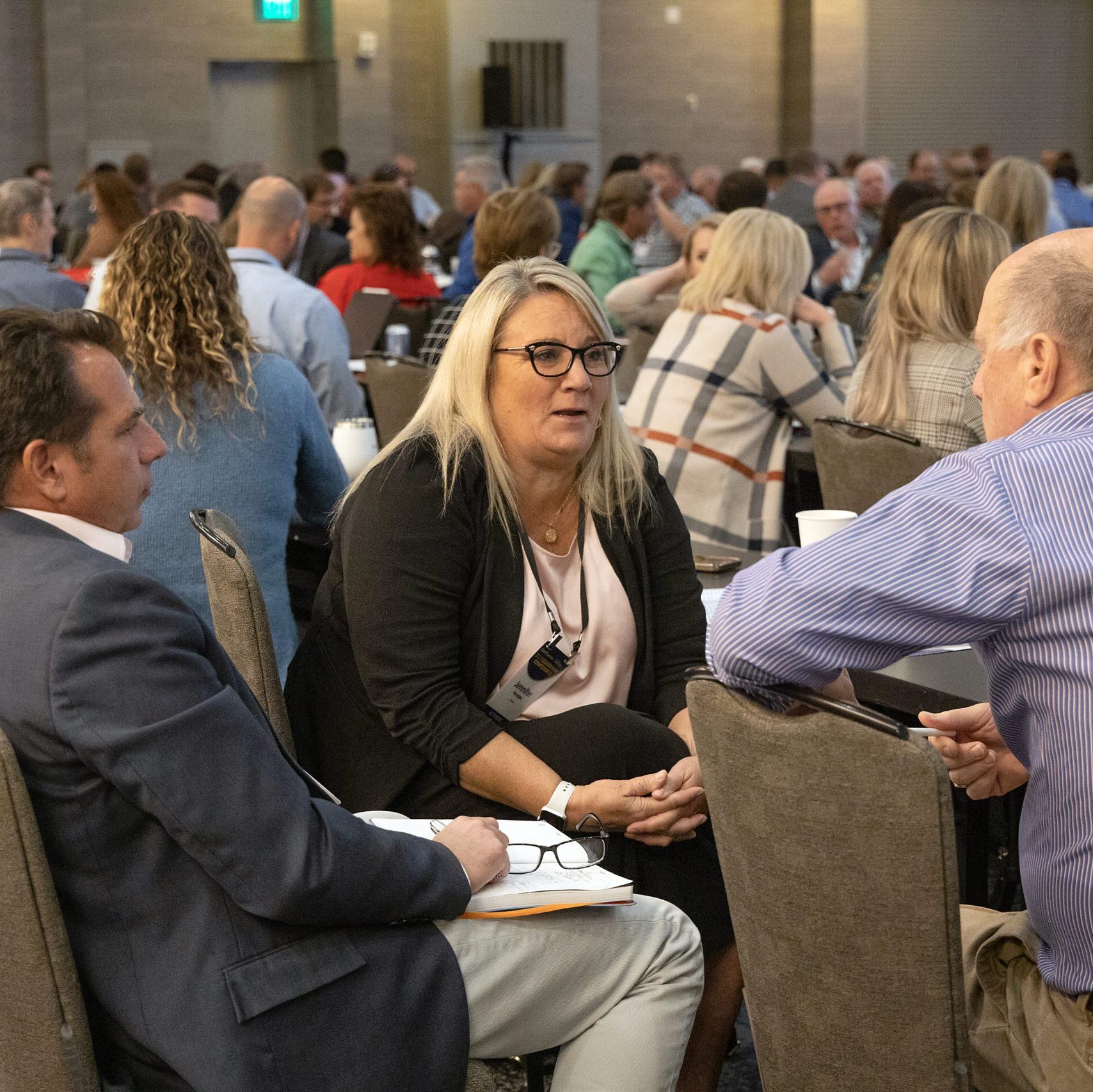CEOs Must Monitor Their Company’s Retirement Plans or Take Responsibility for Costly Mistakes
A recent Supreme Court ruling making it easier for retirement plan participants to sue organizations acting as plan sponsors should alert CEOs to scrutinize retirement plan investments on a regular basis.




